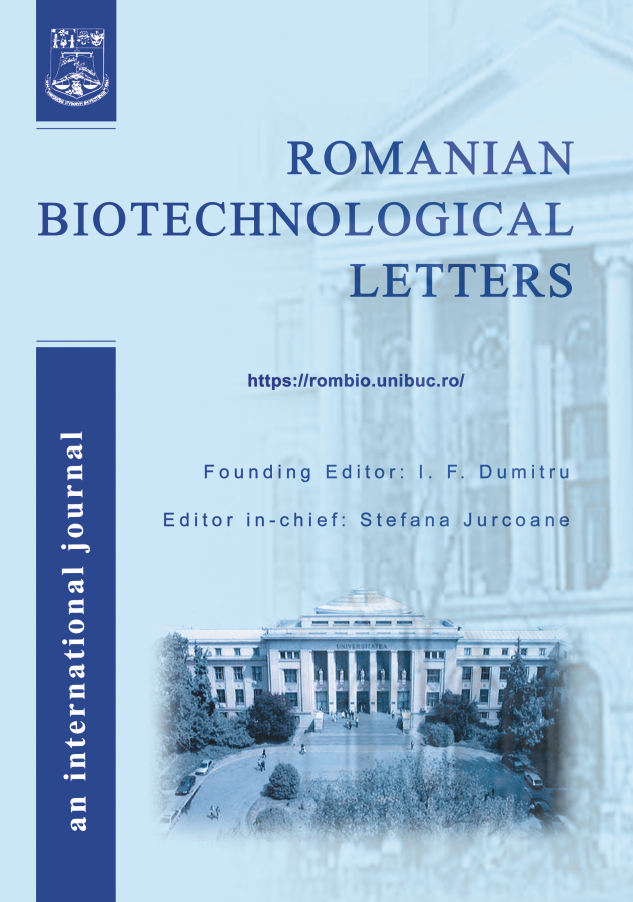Occupational health improvement study on lumbar paraspinal muscles via surface electromyography during several tasks – a review
DOI:
https://doi.org/10.25083/rbl/28.1/3819.3834Cuvinte cheie:
Lumbar paraspinal muscles, Electromyography, Cross-sectional area (CSA), Erector spinae (ES), Multifidus (MF)Rezumat
The lumbar paraspinal muscles are located next to the vertebrae responsible for lower back motion, and they are a set of muscles with distinct designs and complex features. Lower back muscles are represented by the erector spinae (ES) and multifidus (MF) muscles, which are located between the L3 and L4 vertebrae. Back pain from paraspinal muscular disorders causes muscle atrophy, tension, and poor posture. As a result, it is important to monitor muscle fatigue and the cross-sectional area (CSA) of paraspinal muscles using the EMG approach and imaging techniques. The screening of these paraspinal muscles can evidence changes related to low back pain both before and after exercise; it can be used together with CSA of the paraspinal muscles to assess muscle atrophy caused by disc herniation and spinal stenosis as well as postoperatively. This review will aid researchers in gathering information on numerous elements that influence muscle fatigue and determining the usefulness of studying muscle atrophy in connection to disc herniation and spinal disease using various imaging modalities.




